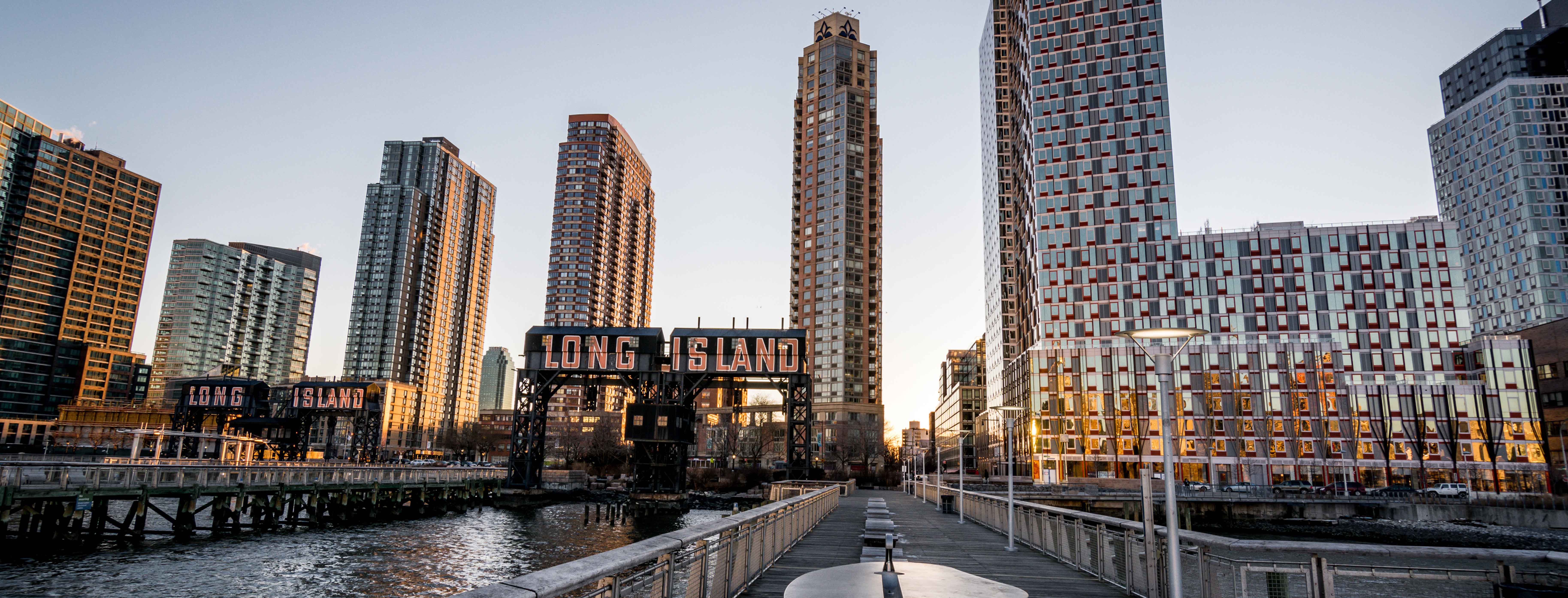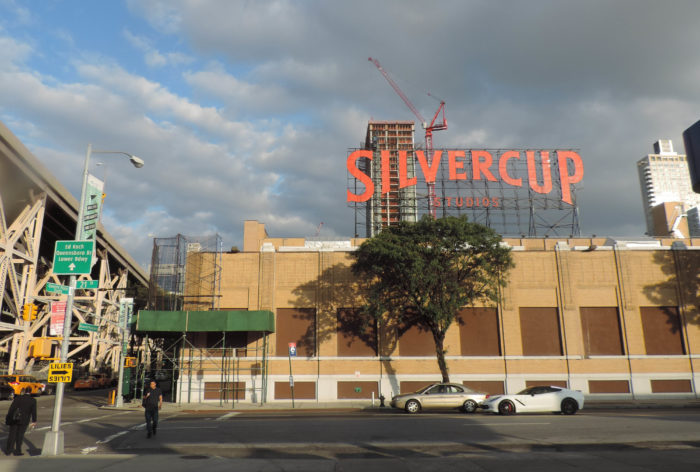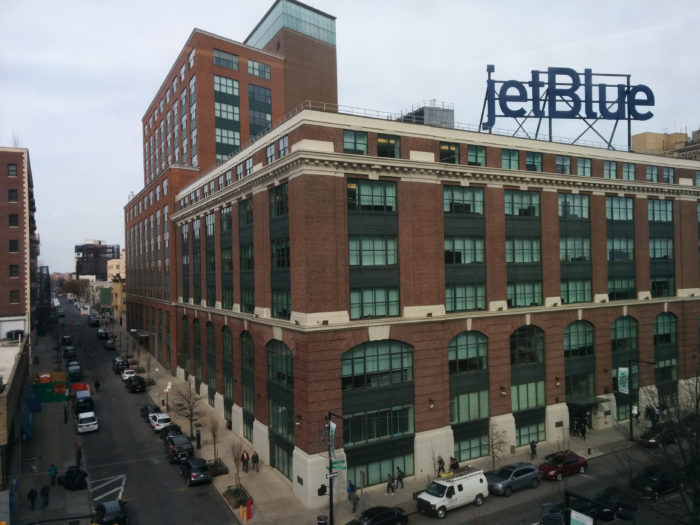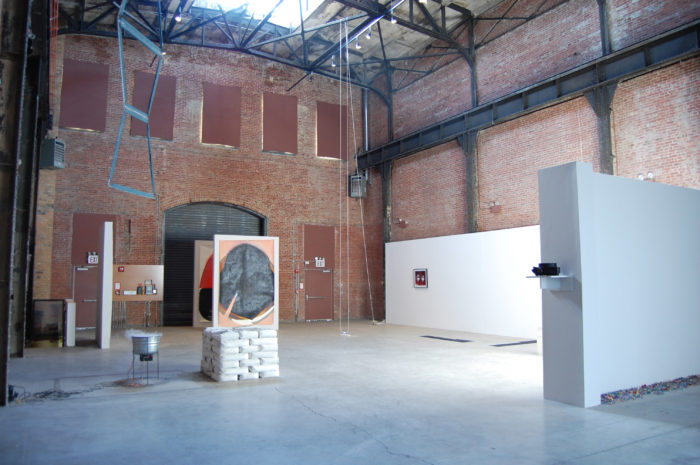Even as some of Long Island City’s former warehouses and factories are razed to make way for glittering new towers and open greenways, many more remain. And though they are being converted to new uses in keeping with the neighborhood’s metamorphosis into a lively, desirable place to live, work, and visit, they still speak to the area’s industrial past.
Silvercup Studios. Image: Jim.henderson/Wikimedia
One of the best-known examples is Silvercup Studios (42-22 22nd Street, at Queens Plaza South). The city’s largest film and TV production facility, it was the primarily studio location for “Sex and the City” and “The Sopranos”; “The Deuce,” “Elementary,” and “Quantico” are among the series still shooting there, However, the massive building, which encompasses 13 shooting stages, was built in the 1920s for Silvercup Bread, a brand of the former Gordon Baking Co. As well as housing the bakery, the building had four silos for flour. Silvercup baked bread there until late 1974, when a Teamsters strike led it to shut down. The building stood empty for six years, at which point Harry Suna, the owner of a local sheet-metal factory, bought it. His sons, Stuart and Alan, converted the structure to a soundstage and opened Silvercup Studios in 1983. The rooftop sign reading “Silvercup Bread” was modified, with “Studios” replacing “Bread.”
Another former bakery, that of Sunshine Biscuits, is now building C of LaGuardia Community College (29-10 Thompson Avenue, between 29th and 30th Streets). When the 10-story factory opened in 1912, it was known as the “thousand-window bakery.” Until 1955, it was the largest bakery in the world. In 1965 the maker of Hydrox and Vienna Fingers sandwich cookies decamped to Sayerville, NJ. The building passed through several owners before being acquired by the college in 1980.
Just a few blocks away, the New York City School Construction Authority resides in another former factory, that of the American Chicle Co. (30-30 Thomson Avenue, between 30th Place and 31st Street). Built in 1920, the factory produced Chiclets, Dentyne, and Trident chewing gum. The Warner-Lambert Co., which acquired the business in 1962, shut the factory permanently in 1981. This came five years after a temporary closure resulted from an explosion that killed six workers and injured more than 40 others.
Among other recycled factories is 32-00 Skillman Avenue (at 32nd Place). Like the Sunshine Biscuits factory, this building boasts at least a thousand windows. In 1950 Speed Products moved in, six years before changing its company name to Swingline, of stapler fame. Until Swingline closed the factory in 1998, moving production to Mexico, the building was topped with a massive neon sign that included what seemed to be a self-operating stapler. Among the current tenants of the building are CityView Racquet Club and PropNSpoon, which rents and creates props for movie, TV, and stage productions.
The former Brewster Building, now JetBlue’s headquarters. Image: APerson/Wikimedia
A rooftop sign for JetBlue now sits atop another former factory, the Brewster Building (27-01 Queens Plaza North, between 27th and 28th Streets). Built in 1911 for luxury carriage and auto maker Brewster & Co., the building originally housed the factory that constructed auto chassis. Rolls-Royce bought Brewster in 1925, and for a time Rolls-Royces rolled off the assembly line here, as did fighter aircraft during World War II. JetBlue made the building its corporate headquarters in 2010.
Inside the SculptureCenter. Image: Andrew Russeth/Flickr
Perhaps one of the more unusual architectural rebirths was that of a former trolley-repair company at 44-19 Purves Street (between Jackson and Thomson Avenues). In 2001 the not-for-profit SculptureCenter acquired the building and hired Maya Lin, the architect and designer best known for the Vietnam Veterans Memorial in Washington, DC, to transform the building into an exhibition space. While the 1908 building retains its garage bay, high ceilings, and brick-and-steel construction, it also serves as an ideal showcase for artworks, as does a 2,000-square-foot addition built in 2014. In fact, in 2015 the SculptureCenter won a Lucy G. Moses Preservation Award from the New York Landmarks Conservancy for its marriage of something old and something new.





